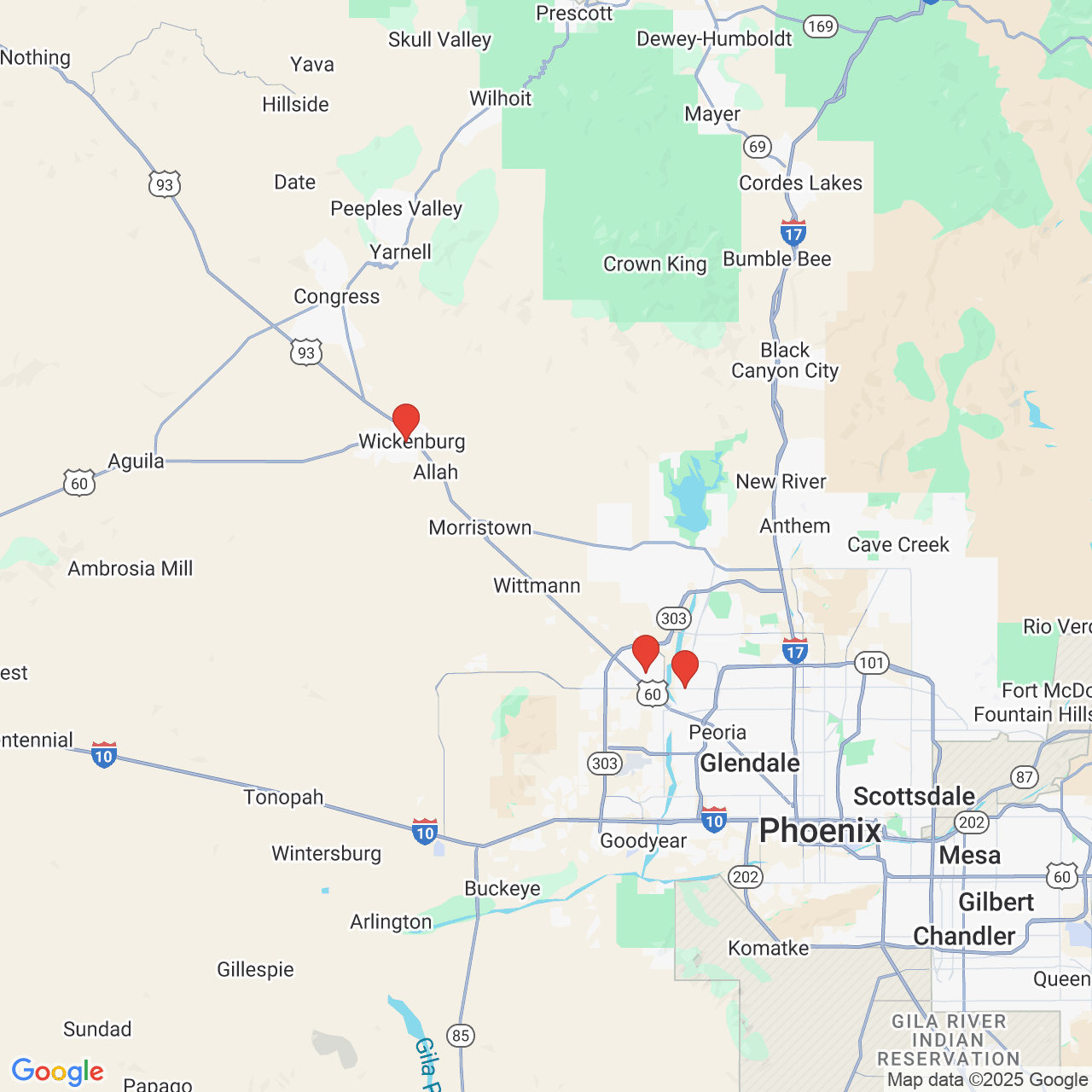Determining the Cause of Your Eye Floaters
Most people will experience vitreous floaters at some point in their lives. Floaters appear as bubbles, dots, or threads that slowly drift across your vision. Vitreous floaters, or eye floaters, are usually harmless unless the onset is sudden. Rapidly developing floaters could indicate a retinal tear or detachment. In this case, you will need immediate attention to prevent vision loss. At the Arizona Eye Institute & Cosmetic Laser Center, Dr. Emilio M. Justo alongside Dr. Mark Yates and Dr. Daniel Valdes offers same-day or next-day exams and diagnoses. If you have experienced a sudden increase in vitreous floaters, contact our Phoenix area practice immediately.

Understanding Vitreous Floaters
Your eye is filled with a soft gel called vitreous. As you get older, this gel will start to break down, and it will develop a watery consistency. This is a normal part of aging, and it does not compromise your vision. However, the loosened vitreous will start to move around in your eye. These cells cast shadows that appear as floaters. Vitreous floaters may be more pronounced when you look at a bright sky or computer screen.
Although age is the most common cause of vitreous floaters, younger people may develop them as well. Typically, they arise spontaneously. In some cases, patients may notice floaters after eye surgery, laser treatment, or an eye injury.
Sudden Onset
In most cases, floaters are not cause for concern. However, if they appear or increase rapidly, this may indicate a retinal tear. The vitreous may be pulling on the retina, which is located at the back of the eye. The tear could also cause blood to leak into your eye. The blood may cast additional shadows across your vision. If the tear goes untreated, vitreous may accumulate behind the retina, leading to full detachment. Retinal detachment can cause complete vision loss.
Diagnosing Floaters
With a timely diagnosis, Dr. Justo or one of his Medical Optometrists, Dr. Mark Yates or Dr. Daniel Valdes, can typically prevent retinal detachment and save your vision. If you experience a sudden onset of floaters, you should obtain an evaluation within 24 hours. Our providers will see you within this vital timeframe. To perform an examination, we will dilate your eye with eye drops. Then we will use a special magnifying device to look through your eye and examine your retina. If we identify a tear, we will recommend immediate treatment.
Treatment Options
Dr. Justo, Dr. Yates and Dr. Valdes may recommend one of several treatment options:
- Cryopexy: The doctor can use a small instrument to freeze the cells around the tear. This treatment will create scar tissue, which will help the retina re-adhere to your eye.
- Laser surgery: During this quick outpatient procedure, we will use a laser to create scar tissue around the tear. As with cryopexy, the new tissue will help the retina attach to the back of your eye. Our state-of-the-art lasers are extremely safe and precise and will not affect the surrounding cells.
With these highly effective treatments, our doctors can preserve your vision.
Notice a Sudden Increase in Floaters?
If you have experienced a rapid onset of vitreous floaters, you should seek immediate attention. Contact Arizona Eye Institute to schedule your same-day appointment.


